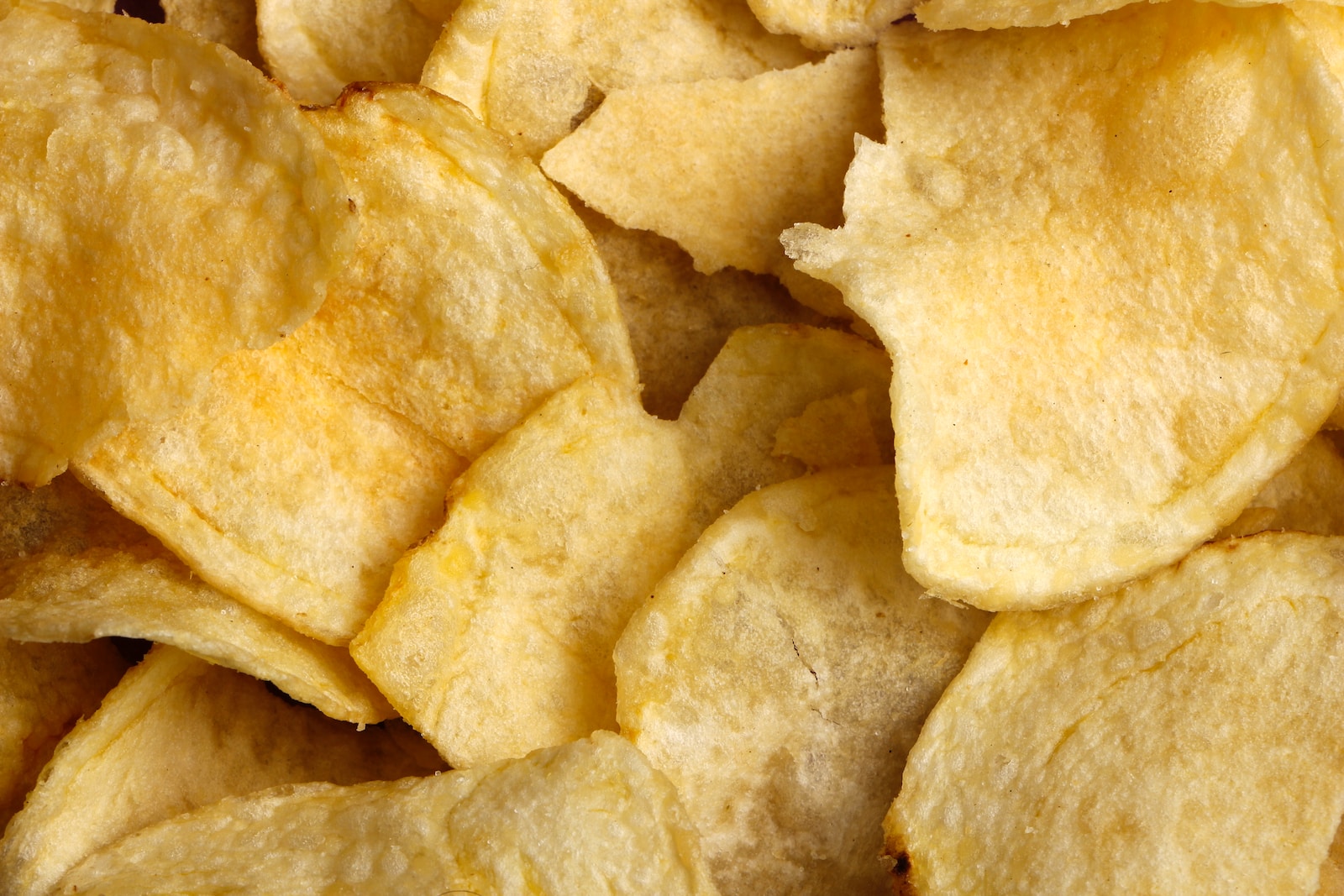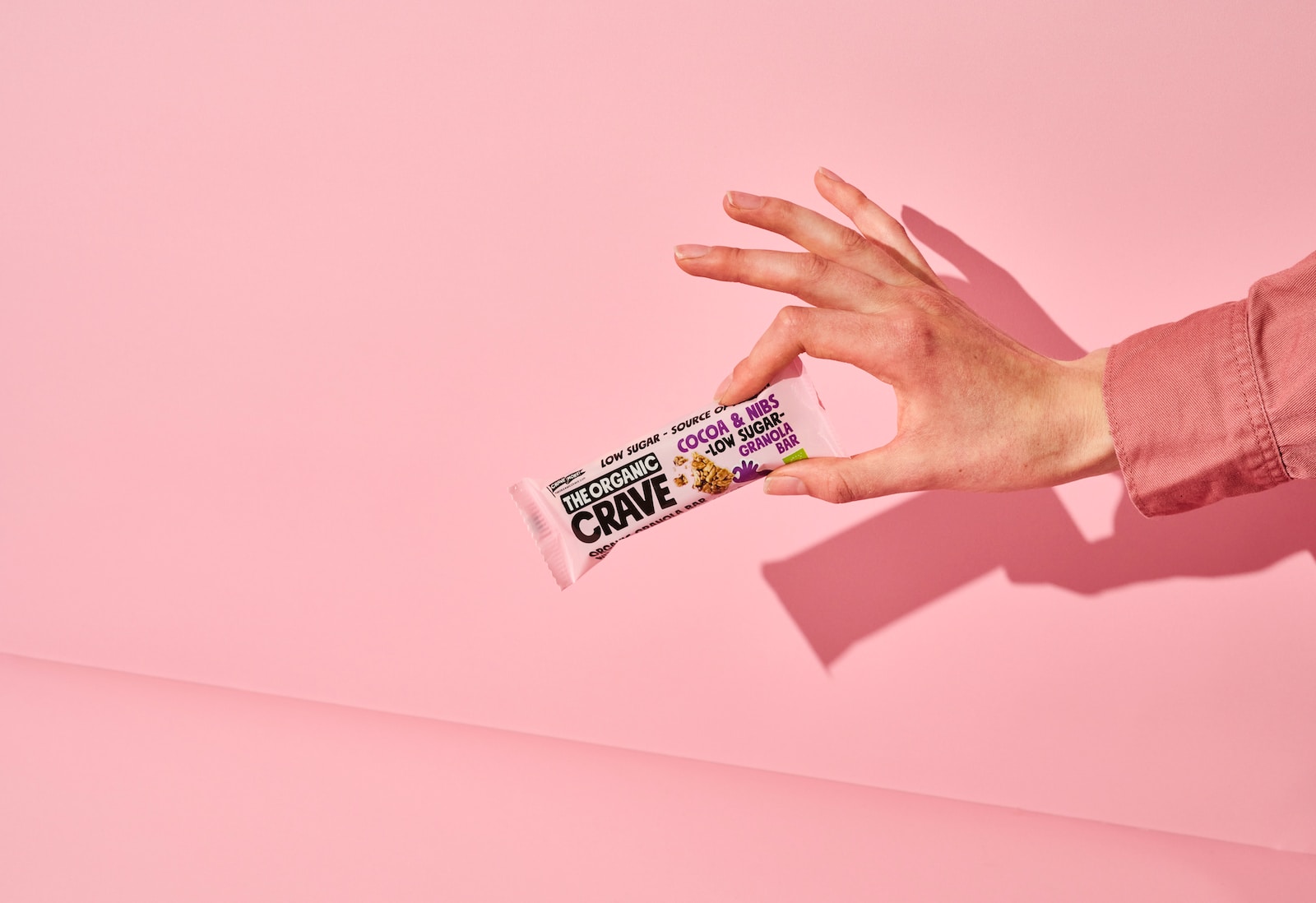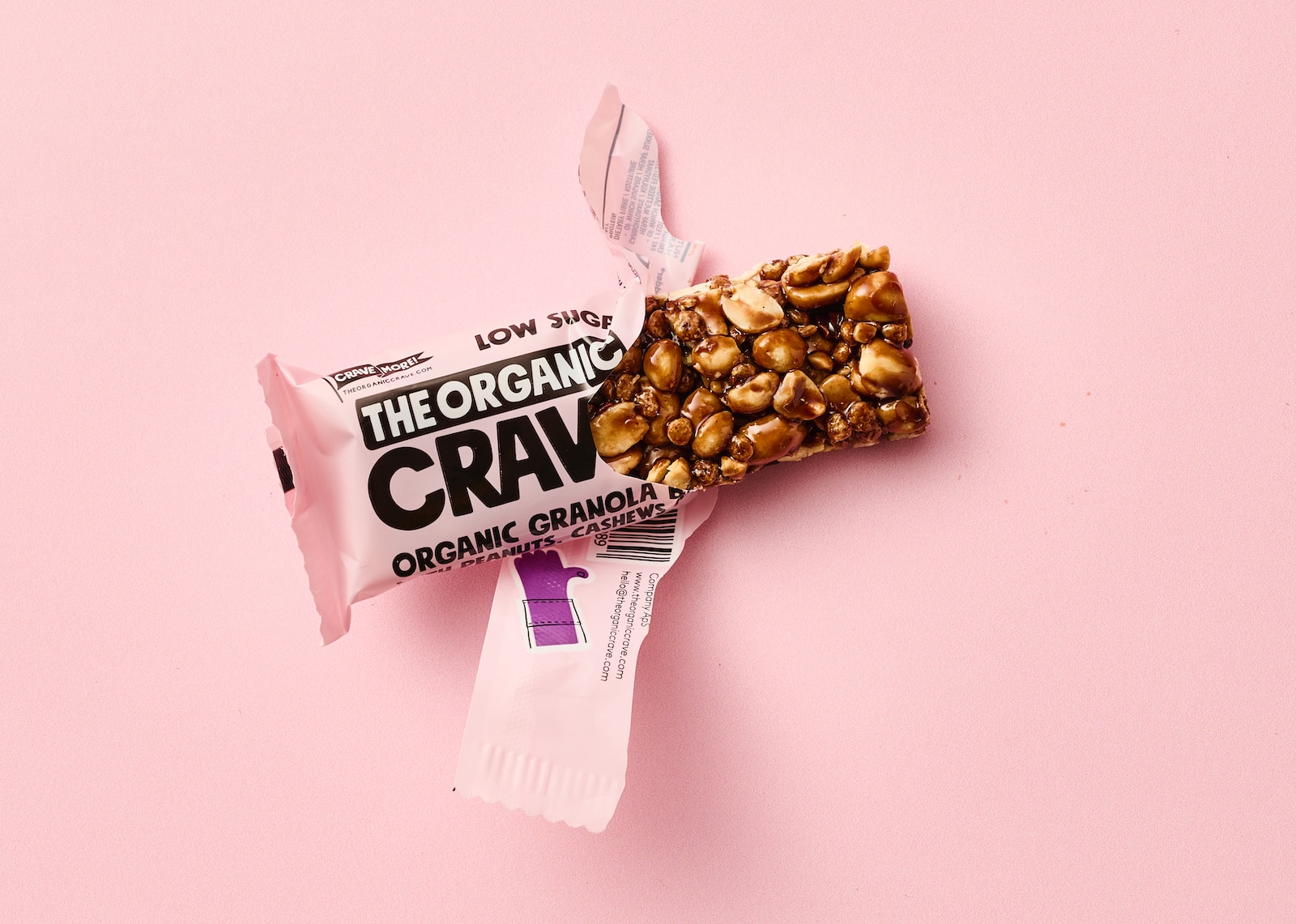When it comes to satisfying our sweet tooth, candy comes in a variety of delightful forms. Two popular types of candy that often get confused are rock candy and hard candy. While they may appear similar, there are distinct differences between these sugary treats. Let’s explore the dissimilarities in texture, sugar structure, and taste that set rock candy apart from hard candy.
Key Takeaways:
- Rock candy and hard candy have distinct textures and tastes.
- Rock candy is characterized by large crystallized sugar chunks that provide a crunchy mouthfeel.
- Hard candy comes in various forms, such as lollipops or smooth, hard candies.
- The candy-making process differs for rock candy and hard candy, resulting in different sugar crystal formations.
- Both candies can be flavored with a wide range of choices.
Candy-Making Process
The candy-making process plays a crucial role in determining the distinct characteristics of rock candy and hard candy. Both candies start with the dissolution of sugar in boiling water to create a sugar syrup. However, the cooling process sets them apart.
For rock candy, the sugar syrup is allowed to cool slowly over several days. This slow cooling process promotes the formation of large sugar crystals, giving rock candy its signature crunchy texture. On the other hand, hard candy is made by rapidly cooling the syrup, preventing the growth of large crystals and resulting in a smooth and hard texture.
The differences in the candy-making process account for the contrasting textures of rock candy and hard candy. While rock candy offers a satisfying crunch, hard candy slowly melts in the mouth, providing a longer-lasting sensory experience.
Sugar Candy-Making Process Comparison
| Process | Rock Candy | Hard Candy |
|---|---|---|
| Cooling | Slow cooling over several days | Rapid cooling |
| Sugar Crystals | Large crystals form | No large crystals form |
| Texture | Crunchy | Smooth and hard |
As shown in the table above, the candy-making processes for both rock candy and hard candy differ significantly in cooling time, sugar crystal formation, and resulting texture. These differences contribute to the unique qualities and enjoyment that each candy offers.
Sugar Crystals Formation
Sugar crystals play a crucial role in determining the texture of candies, including rock candy and hard candy. Understanding how sugar crystals form is essential to grasp the differences between these two types of candy.
When sugar is dissolved in water, the sucrose molecules separate and interact with the water molecules due to intermolecular forces. This process involves two steps: water molecules binding to sucrose molecules and pulling the sucrose molecules away from the crystal.
The cooling process during candy-making greatly influences the formation of sugar crystals. In the case of rock candy, the syrup is left to slowly cool down over several days, allowing ample time for large sugar crystals to form. The slow cooling process results in the characteristic large crystal structure and crunchy texture of rock candy.
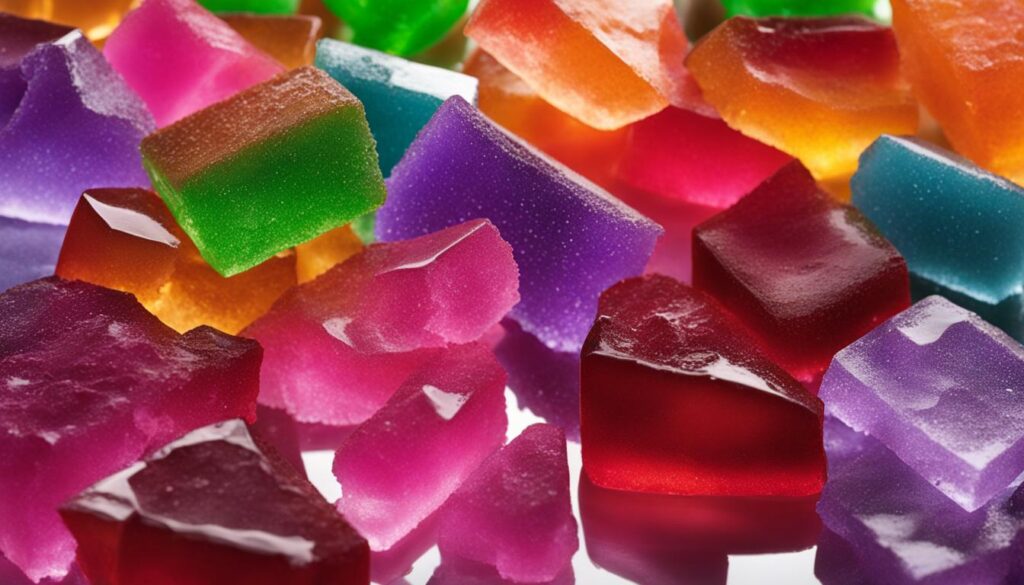
On the other hand, for hard candy, the syrup is rapidly cooled, preventing the formation of large crystals. This rapid cooling process results in a smooth and hard texture. The absence of large sugar crystals gives hard candy its unique mouthfeel, where the candy slowly melts rather than crunching.
Overall, the cooling process during candy-making plays a crucial role in shaping the sugar crystal structure and, consequently, the texture of candies such as rock candy and hard candy.
Candy Ingredients
In addition to sugar, other ingredients used in candy-making, such as flavorings and colors, can also impact the formation of sugar crystals and the overall characteristics of the candy. These ingredients can influence the taste, appearance, and texture of the final product.
For example, the choice of flavors in rock candy and hard candy can affect the size and shape of the sugar crystals. Different flavorings may have varying effects on sugar crystal formation, resulting in slight variations in texture. Additionally, certain ingredients may interact with the sugar molecules, altering their ability to form crystals.
It’s important to consider not only the sugar itself but also the other ingredients used in candy-making when examining the formation of sugar crystals and the unique properties of different types of candy.
Texture and Mouthfeel
One of the key factors that differentiate rock candy from hard candy is their texture and mouthfeel. The texture of a candy refers to its physical structure and how it feels in the mouth when consumed. Rock candy is known for its large sugar crystals, which give it a distinct crunchy texture. When you bite into a piece of rock candy, you can feel the satisfying crunch as the sugar crystals break apart in your mouth. This unique texture adds a delightful sensory experience to the enjoyment of rock candy.
On the other hand, hard candy has a smooth and hard texture. Instead of large sugar crystals, hard candy is made up of a solid, homogeneous mass. When you suck on a hard candy, it gradually dissolves in your mouth, releasing its flavor and providing a longer-lasting sensory experience compared to rock candy. The slow melting process allows you to savor the candy’s taste and enjoy the smooth, hard texture as it slowly disappears.
The texture and mouthfeel of candies play a significant role in the overall enjoyment and perception of the candy. Whether you prefer the satisfying crunch of rock candy or the slow melt of hard candy, these different textures provide unique sensory experiences that contribute to the pleasure of indulging in a sweet treat.
Flavor Varieties
One of the delightful aspects of rock candy and hard candy is the wide range of flavors they offer. Candy-making enthusiasts can experiment with various extracts and essences to create delectable treats to satisfy diverse taste preferences. Rock candy is often associated with fruity flavors such as raspberry or strawberry, which add a burst of freshness to the sweetness. On the other hand, hard candy flavors can range from classic fruit flavors like orange and cherry to more unique varieties like mint or cinnamon, providing a refreshing and aromatic experience.
Many candy recipes allow for customization, allowing individuals to tailor the flavors to their liking. Lemon, blueberry, watermelon, and grape are just a few examples of the numerous fruit flavors that can be incorporated into rock candy or hard candy. Furthermore, flavor combinations can also be explored, adding depth and complexity to the candies. For instance, a mix of strawberry and kiwi flavors can create a delightful blend of sweetness and tartness. The possibilities for creating unique and tantalizing flavors are truly endless.
Table: Popular Candy Flavors
| Rock Candy Flavors | Hard Candy Flavors |
|---|---|
| Strawberry | Orange |
| Raspberry | Cherry |
| Blueberry | Grape |
| Watermelon | Apple |
| Grapefruit | Mint |
| Pineapple | Cinnamon |
With such a wide range of flavors, rock candy and hard candy can cater to various occasions and preferences. From classic fruit flavors to more adventurous combinations, these candies offer a delightful sensory experience that is sure to please candy enthusiasts everywhere.
Usage in Culinary Arts
Rock candy and hard candy are not only enjoyed as treats but also have applications in the culinary arts. Their unique textures, flavors, and visual appeal make them versatile ingredients for various dishes and desserts.
The versatility of rock candy:
Rock candy, with its large crystalline structure, can be used in creative ways to enhance the presentation of culinary creations. It can be crushed and sprinkled as a sparkling garnish on cakes, cupcakes, or cookies, adding a touch of sweetness and visual interest. The vibrant colors and unique shapes of rock candy can also be used as decorative elements in dessert arrangements or as edible decorations on cocktail glasses for a whimsical touch.
Hard candy as a flavoring agent:
Hard candy, on the other hand, can be incorporated into recipes as a flavoring agent. It can be melted down and used to infuse a subtle sweetness into syrups, sauces, or glazes for pancakes, waffles, or grilled meats. Hard candy can also be crushed and used as a topping or mix-in for ice cream, yogurt, or baked goods, adding bursts of flavor and texture.
Both rock candy and hard candy are popular choices for making flavored liqueurs or infusing spirits. The sweetness and unique flavors of the candies add depth and complexity to the final beverage. They can also be used to create homemade flavored sugars or syrups for adding a touch of sweetness to coffee, tea, or cocktails.
| Application | Rock Candy | Hard Candy |
|---|---|---|
| Garnish | ✓ | ✓ |
| Decoration | ✓ | – |
| Flavoring agent | – | ✓ |
| Liqueur infusion | ✓ | ✓ |
| Flavored sugars/syrups | ✓ | ✓ |
The usage of rock candy and hard candy in culinary arts goes beyond their delightful taste. Their aesthetic appeal and versatility make them valuable tools for adding a touch of sweetness, texture, and visual interest to a wide range of dishes and creations.
Sugar Structure and Properties
Sucrose, the main component of sugar, plays a fundamental role in the structure and properties of candies. It is a disaccharide composed of glucose and fructose molecules. In sugar crystals, sucrose molecules arrange themselves in a repeating pattern, held together by intermolecular forces. The size and shape of the sugar crystals depend on the cooling process during candy-making, resulting in different textures and properties for rock candy and hard candy.
The structure of sugar crystals is influenced by the rate of cooling during candy production. Slower cooling allows for the formation of larger crystals, which is characteristic of rock candy. These large sugar crystals give rock candy its crunchy texture and visually appealing appearance. On the other hand, hard candy is rapidly cooled to prevent the growth of large crystals. This results in a smooth and hard texture that slowly melts in the mouth, providing a more prolonged sensory experience.
Aside from texture, the size and arrangement of sugar crystals also affect the solubility and sweetness of the candy. Smaller sugar crystals dissolve more easily, leading to a faster release of sweetness. In contrast, larger sugar crystals take longer to dissolve, resulting in a slower release of flavor. The unique properties of rock candy and hard candy, influenced by the structure of their sugar crystals, contribute to the overall enjoyment and perception of these sugary treats.
| Rock Candy | Hard Candy | |
|---|---|---|
| Texture | Crunchy | Smooth and hard |
| Size of Sugar Crystals | Large | Small |
| Rate of Cooling | Slow | Rapid |
| Solubility | Slow | Fast |
| Sweetness Release | Gradual | Immediate |
Cultural Significance
Candy, including rock candy and hard candy, holds significant cultural value in various societies and traditions around the world. These sweet treats have become an integral part of celebrations, festivals, and rituals, adding a touch of sweetness and joy to special occasions.
In Persian cuisine, rock candy is commonly used and holds cultural importance. It is often enjoyed with tea or incorporated into traditional dishes during festivals such as Charshanbe-suri, which marks the onset of spring. The consumption of rock candy during these festivities symbolizes prosperity, good luck, and the sweetness of life.
Similarly, in Mexican culture, rock candy plays a significant role in the celebration of the Day of the Dead. Sugar skulls, intricately decorated with colorful rock candy, are created and displayed as offerings to honor deceased loved ones. These sugar skulls showcase the cultural belief that life should be celebrated, even in the face of death.
| Country | Cultural Significance |
|---|---|
| Persia | Rock candy is used in festivals and special dishes, symbolizing prosperity and good luck |
| Mexico | Rock candy is used to create sugar skulls for the Day of the Dead, celebrating life and honoring deceased loved ones |
| [COUNTRY] | [SIGNIFICANCE] |
| [COUNTRY] | [SIGNIFICANCE] |
The cultural significance of rock candy and hard candy extends beyond these examples, with various other cultures incorporating these treats into their traditional practices. Whether it’s the use of candy in wedding ceremonies, religious festivities, or as symbolic offerings, these sweet delicacies hold a special place in the hearts and traditions of people worldwide.
Differences in Manufacturing
When it comes to candy manufacturing, rock candy and hard candy undergo different processes that result in their distinct textures and characteristics.
Rock candy requires a longer production time compared to hard candy. The slow cooling process of rock candy allows for the growth of large sugar crystals, which takes several days. This extended timeframe contributes to the crunchy texture and unique appearance of rock candy. On the other hand, hard candy can be produced more quickly by rapidly cooling the syrup and preventing the formation of large crystals. This rapid cooling process results in a smooth and hard texture that melts slowly in the mouth.
To better understand the differences in manufacturing between these candies, let’s take a look at the following table:
| Candy Type | Manufacturing Process | Production Time |
|---|---|---|
| Rock Candy | Slow cooling process to allow large sugar crystals to form | Several days |
| Hard Candy | Rapid cooling process to prevent large sugar crystal formation | Relatively shorter |
As shown in the table, rock candy requires more time during the production process due to the slow cooling required for the formation of large sugar crystals. This longer production time contributes to the unique texture and visual appeal of rock candy. Hard candy, on the other hand, can be manufactured relatively faster due to the rapid cooling process.
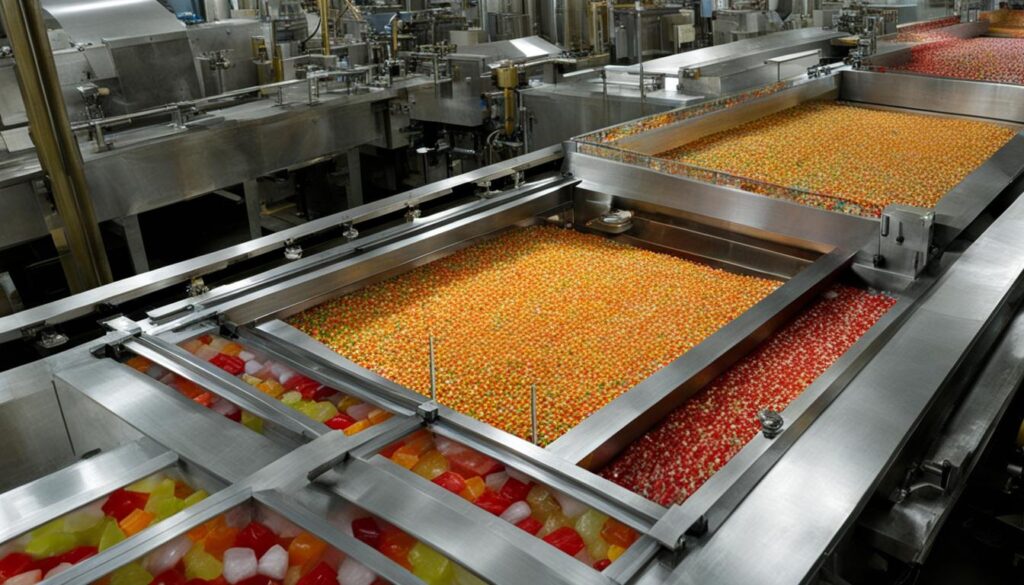
Summary:
In summary, the manufacturing process plays a significant role in determining the characteristics of rock candy and hard candy. The slow cooling process of rock candy allows for the growth of large sugar crystals, resulting in a crunchy texture. Hard candy, on the other hand, is produced more quickly through rapid cooling, which gives it a smooth and hard texture. Understanding the differences in manufacturing helps explain the unique qualities of these popular candies.
Conclusion
In conclusion, rock candy and hard candy are two distinct varieties of candies that differ in texture, sugar crystal formation, and manufacturing processes. Rock candy is known for its large sugar crystals and crunchy texture, while hard candy has a smooth and hard texture.
The formation of sugar crystals and the cooling process during candy-making play a significant role in determining the characteristics of these candies. Rock candy is slowly cooled over several days, allowing for the growth of large sugar crystals. On the other hand, hard candy is rapidly cooled to prevent the formation of large crystals.
Both rock candy and hard candy offer a wide range of flavors to cater to different taste preferences. They also hold cultural significance in various societies and can be used as decorative elements or ingredients in culinary creations. The differences in texture, sugar crystal formation, and manufacturing processes make each candy unique and enjoyable in its own way.
FAQ
What is the difference between rock candy and hard candy?
Rock candy and hard candy differ in texture, sugar structure, and taste. Rock candy has large chunks of flavored sugar with a crunchy texture, while hard candy has a smooth and hard texture.
How are rock candy and hard candy made?
Both candies are made by dissolving sugar in boiling water to form a sugar syrup. However, rock candy is made by allowing the syrup to slowly cool over several days, while hard candy is rapidly cooled to prevent the formation of large crystals.
How do sugar crystals form in candies?
Sugar crystals form when sucrose molecules separate and interact with water molecules due to intermolecular forces. The cooling process during candy-making affects the formation of sugar crystals, resulting in different textures for rock candy and hard candy.
What is the texture and mouthfeel of rock candy and hard candy?
Rock candy has a distinct crunchy texture, while hard candy has a smooth and hard texture that melts slowly.
What flavors are available for rock candy and hard candy?
Rock candy is often associated with fruity flavors like raspberry or strawberry, while hard candy flavors can vary from fruit to mint or cinnamon.
How are rock candy and hard candy used in culinary arts?
Both candies can be used as decorative elements for cakes, cookies, or desserts. Rock candy’s crystalline structure adds visual appeal, while hard candy can be used as a garnish or ingredient in various recipes.
What are the properties of sugar crystals?
Sugar crystals are composed of sucrose molecules arranged in a repeating pattern, held together by intermolecular forces. The size and shape of the crystals depend on the cooling process during candy-making.
What is the cultural significance of rock candy and hard candy?
Rock candy and hard candy hold cultural significance in various societies and traditions, such as being used in Persian cuisine or in celebrations like the Day of the Dead in Mexico.
How does the manufacturing process differ for rock candy and hard candy?
Rock candy requires a longer production time due to the slow cooling process, while hard candy can be manufactured more quickly by rapidly cooling the syrup to prevent large crystal formation.
What are the key differences between rock candy and hard candy?
The key differences between rock candy and hard candy lie in their texture, sugar crystal formation, and manufacturing processes, resulting in unique properties and sensory experiences.
 Skip to main content
Skip to main content
